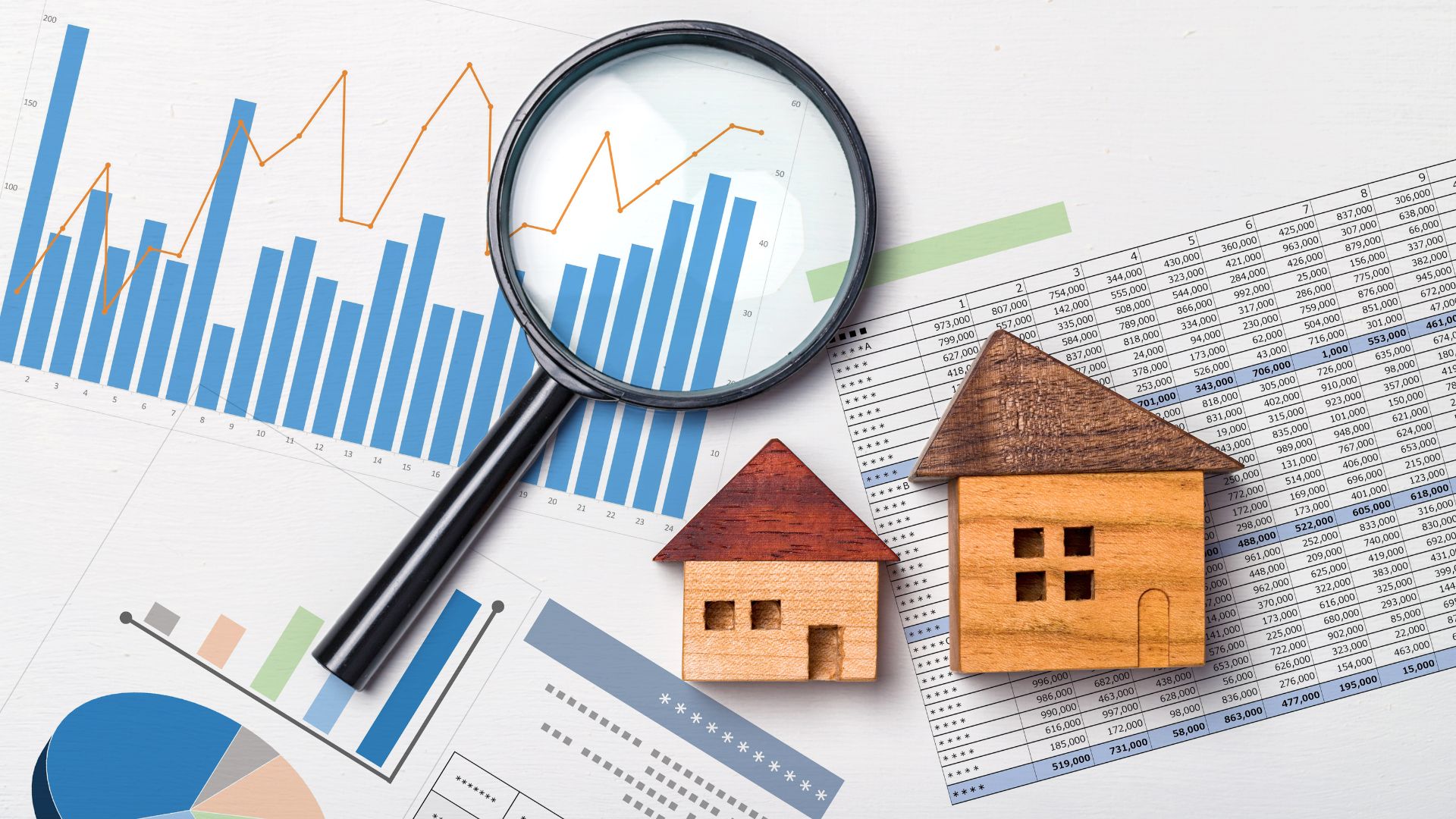We’ve spent a lot of time in this blog over the last several months focused on the economy, the impacts of COVID-19 and the recession we’re now in, and talking through how that might impact our industry. In that time, we’ve asked whether investors are ready to start/keep investing in Central Texas, tried to determine what the multifamily market will look like, and explored how we should adjust our underwriting criteria again during these times.
In today’s article, we want to dive into Cap Rates, and explore whether they might go up or down. We don’t have a prediction for you here, but we want to lay out the reasons on each side of the aisle–why they might go up, or why they might go down.
Why the focus on Cap Rates? Cap rates (or capitalization rates) are used to determine the value of each asset. It is a calculation that tells an investor what their rate of return would be, before debt is applied. And it’s used to provide an apples to apples comparison of different assets, as each investor will have a different approach to how they capitalize a deal. In each market, Cap Rates ebb and flow based on market performance and investor demand. Typically, the lower the cap rate, the less risk is associated with that deal–if you think about returns on a risk adjusted plane like we do. Tier 1 cities (think New York, Los Angeles) will have lower cap rates than Tier 3 cities (think Waco, or Corpus Christi) because they are perceived to have lower risk. The same usually applies to various classes of assets. New Class A product will have a lower cap rate than Class C product.
So how is a cap rate used? You simply take the subject property’s NOI and divide by a Cap Rate to determine the value. If a property has a $1,000,000 NOI and is in a market with a 5.0% cap rate, that property is thought to have a value of $20,000,000. If that same property and same NOI is in a market with a 4.75% cap rate, the value is now over $21,000,000. You can see why we’re focused on understanding if cap rates are going up or going down.
Over the last decade, cap rates have consistently been pushing down-which has made most every operator look like a genius. As we think about cap rates today, we think about them on two fronts. First, how does that cap rate affect our purchase price today. Second, and perhaps more importantly, what do we think cap rates will look like when it comes time to sell this asset? So we’re thinking out 5-10 years when we try to predict what cap rates will look like. Now that we’re in a recession, will cap rates go up or down, and how long will that be true? Let’s explore.
Reasons Cap Rates Will Go Up:
Distressed Owners
There is a thought that this recession is going to harm many assets and put owners into a distressed situation. That they won’t be able to cover their debt service payments and will need to sell quickly. If that plays out, Cap Rates are likely to go higher, as buyers will look to take advantage of these situations and buy on a discount–aka a higher cap rate. Will that last for 6 months? A year? 5 years? How long will the recession last?
Lack of Investor Interest/Competition
At the onset of the pandemic, the immediate response from most investors was to pull out of the market and stop investing. That took away a lot of the competition in the market, which will drive up cap rates. If you don’t have to compete as hard for a deal, you won’t pay as much. Will investors sit on the sideline for a long time?
Rising Interest Rates
Historically there has always been a correlation between Cap rates and Interest Rates. Investors need a spread between the two to create cash flowThe money that is left over each month or year from the property's income after paying for operating costs, mortgage, taxes, and other expenses. Positive cash flow occurs when the income exceeds the expenses, while negative cash flow indicates that the property's expenses are higher than the income it generates. View Definition. As interest rates have gotten lower and lower over the course of the last decade, cap rates have followed suit. Now, with a recession upon us, will interest rates rise? If they do, Cap Rates are likely to follow suit.
Reasons Cap Rates Will Go Down:
In a word, increased competition
The more groups looking to invest, the more competitive they are and the lower the cap rate gets. We can see increased competition potentially happening for any of the following reasons:
-
- Multifamily Performance. Three months into the recession, and the multifamily industry has performed quite well, especially as compared to other asset classes. When you look at the impact COVID-19 and the recession have taken on the office, retail and hospitality verticals multifamily looks quite strong. Will investors that previously focused on other verticals turn their attention to an asset class that has weathered this storm in search of security? If they do, competition increases.
- Central Texas Performance. Three months into the recession, and the Central Texas corridor has performed quite well, especially as compared to other markets. Many other markets have struggled with collections and been more negatively impacted than Central Texas has. Whether it’s been markets like the Northeast where the virus has been worst, hospitality markets decimated by a lack of travel, or anywhere in between, the data shows that Austin has led the nation in collections so far. Again, will investors that previously focused on other markets turn their attention to new markets that have weathered this storm in search of security? If they do, competition increases.
- Lack of Supply. One immediate impact to the economic shutdown has been most new construction projects being paused, if not killed. When you look down the pipeline 3 years out, those projects that would have been delivered at that time won’t be coming online. A lack of supply usually equates to higher rent growth; it also means there are fewer units (and assets) to support a given market. All of that only leads to increased competition.
Lower Interest Rates
The same principle applies to higher interest rates. The Fed just announced that rates will stay flat through the end of 2022 (at least). There is a school of thought out there that interest rates could be headed to zero–if that happens what will the impact on Cap Rates be?
We don’t have a crystal ball, and don’t pretend to. In our underwriting, all we can do is stay conservative. And that means expecting an exit cap rate higher than the current market conditions. If the market stays strong and the cap rates stay flat or go lower, that only creates a win for our investors.
What do you think–are you expecting cap rates to expand or compress?

Andrew Campbell is a native Austinite and Managing Partner at Wildhorn. He is a real estate entrepreneur who first broke into the business in 2008 as a passive investor. In 2010 he transitioned into active investing and management of a personal portfolio that grew to 76 units across Austin and San Antonio. He earned his stripes building and managing his personal portfolio before founding Wildhorn Capital and focusing on larger multifamily buildings. At Wildhorn, he is focused on Acquisitions and maintaining Investor Relations, utilizing his marketing and communications background to build long-term relationships.







